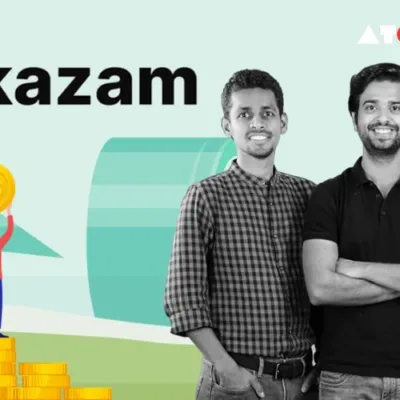Bitcoin halving, a recurring event etched into the fabric of the cryptocurrency world, plays a pivotal role in determining the lifespan and value of this digital asset. This article dives into the intricacies of halving, exploring its technical aspects, purpose, and potential influence on Bitcoin’s price.
Understanding Bitcoin Halving: A Miner’s Reward Reduced by Half
The Bitcoin network functions by rewarding miners with newly minted bitcoins for verifying and adding transaction blocks to the blockchain. This process occurs roughly every ten minutes. Initially, miners received a block reward of 50 bitcoins. However, a crucial feature embedded within Bitcoin’s code dictates that this reward is halved approximately every four years. In simpler terms, the number of new bitcoins generated per block is cut in half, justifying the term “halving.”
Analogy: Limited Edition Pokemon Cards and Controlled Supply
Imagine a collection of rare Pokemon cards, with a finite supply of only 21 million ( mirroring the capped supply of 21 million Bitcoins). Every time you complete a chore, you’re rewarded with two of these special cards. But then, the rules change! You now only receive one card per chore. This is akin to a Bitcoin halving – the number of new bitcoins released into circulation diminishes, potentially increasing the value of existing bitcoins due to their growing scarcity.
The Rationale Behind Bitcoin Halving: Curbing Inflation
The primary function of halving is to manage inflation within the Bitcoin ecosystem. Unlike traditional fiat currencies, which central banks can manipulate by printing more money, Bitcoin boasts a capped supply, ensuring there will never be more than 21 million bitcoins in existence. The halving mechanism progressively reduces the rate at which new bitcoins are created, making them scarcer as we inch closer to the total supply limit. This enforced scarcity, similar to the limited availability of precious metals like gold, is a key driver of value for Bitcoin.
A Walk Through Bitcoin Halving History: Past Events and Future Estimates
Bitcoin’s genesis block was mined in 2009. The first halving event transpired in 2012, followed by subsequent halvings in 2016 and 2020. Experts anticipate the final bitcoins to be mined around the year 2140, at which point all bitcoins will be in circulation, signifying the end of halving events.
The Price Impact: A Historically Bullish Trend, But Nuance is Key
Historically, Bitcoin has exhibited significant price surges following halving events. This phenomenon can be attributed to the reduced supply of new bitcoins entering the market. With scarcity driving demand, the price has the potential to rise. For instance, we witnessed an exponential increase in Bitcoin’s value following the 2020 halving, with the price reaching uncharted territory.
Potential Risks and Considering Market Anticipation
However, the impact of halving events isn’t always a guaranteed upward trajectory. Some experts hold a contrarian view, suggesting that Bitcoin prices might have already peaked before the halving due to substantial investments, such as those from ETFs, potentially overshadowing the halving’s influence. Additionally, sophisticated traders might have already factored in the effects of upcoming halvings through their investment strategies, potentially mitigating the dramatic price swings observed in earlier cycles.
A Delicate Balance Between Understanding, Caution, and Embracing Technological Innovation
As we navigate the complexities of the Bitcoin landscape, the halving process emerges as a critical mechanism for ensuring the longevity and value of this pioneering cryptocurrency. While the halving event slices through the supply of new bitcoins, creating a state of scarcity, investors are encouraged to exercise caution when formulating their strategies. It’s crucial to consider potential market anticipations and broader economic factors that can influence price movements. Successfully navigating the Bitcoin wave requires a well-balanced approach, encompassing a deep understanding of the technology, a dose of caution, and a spirit of exploration for the future that this innovative asset class holds.
Read more: Marketing News, Advertising News, PR and Finance News, Digital News





